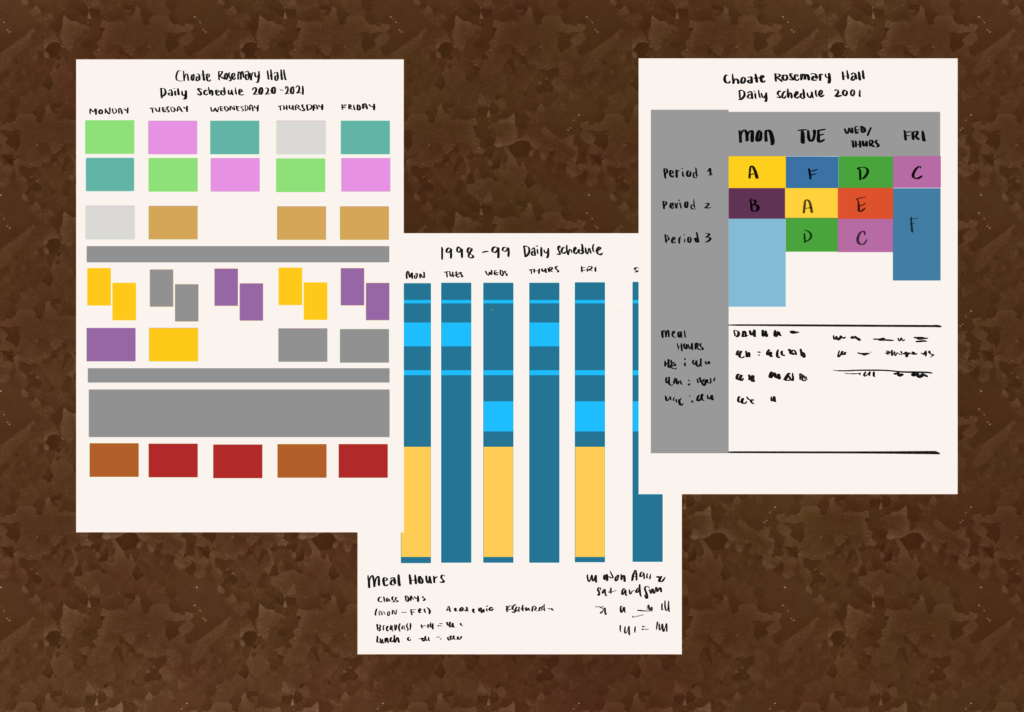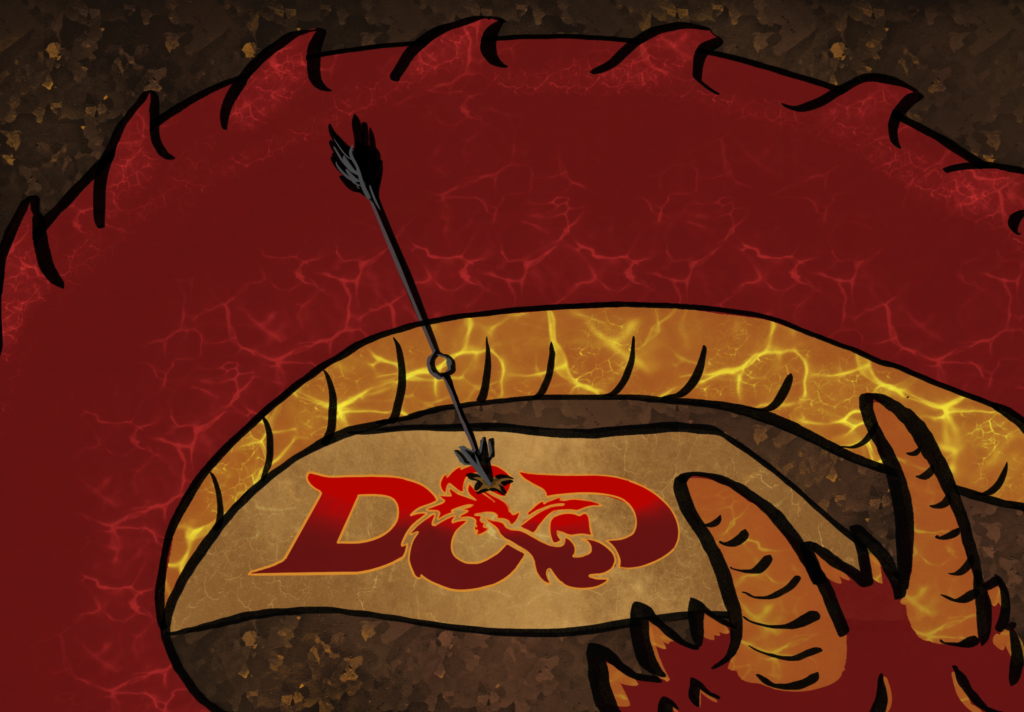On Sunday night the 27th of September, students and faculty headed out to observe the lunar eclipse. For nearly three hours, over 30 students participated in a viewing hosted by Mr. Doug Wolff, Choate astronomy and physics teacher. Mr. Wolff and his wife, Mrs. Lynn Wolff, aimed two portable telescopes and the main observatory telescope at the moon for the viewing of this astronomical event.
The clear sky made for excellent viewing conditions. Many students took advantage of the opportunity to photograph the relatively rare event either through the telescopes or with tripod mounted cameras. Several students expressed their excitement at seeing the moon through a telescope for the first time.
In addition to being a pleasant viewing experience, lunar eclipses demonstrate important scientific principles. A total lunar eclipse occurs when there is complete alignment of the sun, the earth, and the moon such that the moon is enveloped by the earth’s full shadow. The only sunlight that reaches the moon in this configuration has traveled through the Earth’s atmosphere. Because atmospheric scattering and absorption remove or disperse the light with shorter wavelengths, the light’s composition is skewed toward the red end of the visible spectrum, thus giving lunar eclipses their characteristic color. If one of the students at Sunday’s viewing had been standing on the moon and looking back towards Earth during the totality of the eclipse, they would have seen a glowing reddish ring of light encircling the disc of the darkened side of the Earth.
Even among lunar eclipses, Sunday’s astronomical event takes prominence because it occured during a perigee full moon—when a moon is both full and closest to the earth in its orbit. That this event occured within a few hours of the totality of the eclipse made the moon appear larger and brighter in the night sky. Such a unique study break will not be available again for Choate students until 2033.





